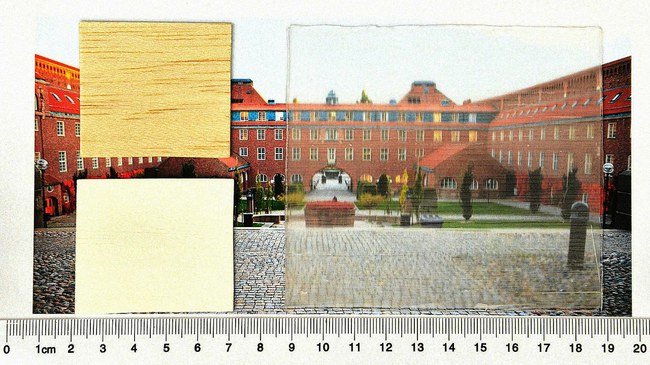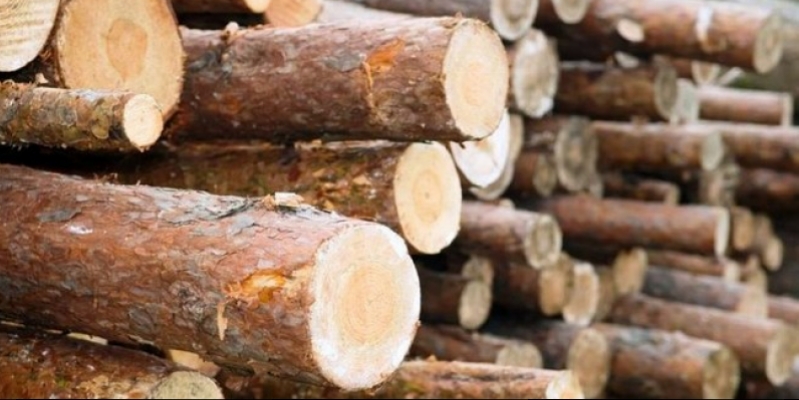A team of researchers from Stockholm (Sweden), the Royal Institute of Technology has developed a transparent timber.
It is chemically "undressed" thin wood. When lignin (plants reinforcing material) is removed, the wood becomes white. But since wood is not naturally transparent, scientists have so impressed reaches nanoparticles.
When the wood cell wall are removable, the timber is inserted a transparent polymer, thus connecting the optical properties of these materials.
Scientists say that such a timber could be used instead of the mirror-glass - the windows, made from wood that penetrate enough light, but from the outside they are only semi-transparent.

Such a timber could also help reduce energy consumption. According to the survey, the construction sector accounts for about 30-40 percent of the total electricity. Therefore, to reduce energy consumption in the building sector.
Sunlight - free, clean and inexhaustible. Translucent buildings can contribute to the reduction of energy consumption, since the natural light can at least partially replace artificial.
The research team says that will continue to work on this project with a variety of wood species and expects a further increase in light transmission.
Furthermore, the timber according to the scientists is the most used in buildings in biological materials. The best thing is that this material is derived from renewable sources. It also has excellent mechanical properties - is a solid, low-density and thermal capacity.



